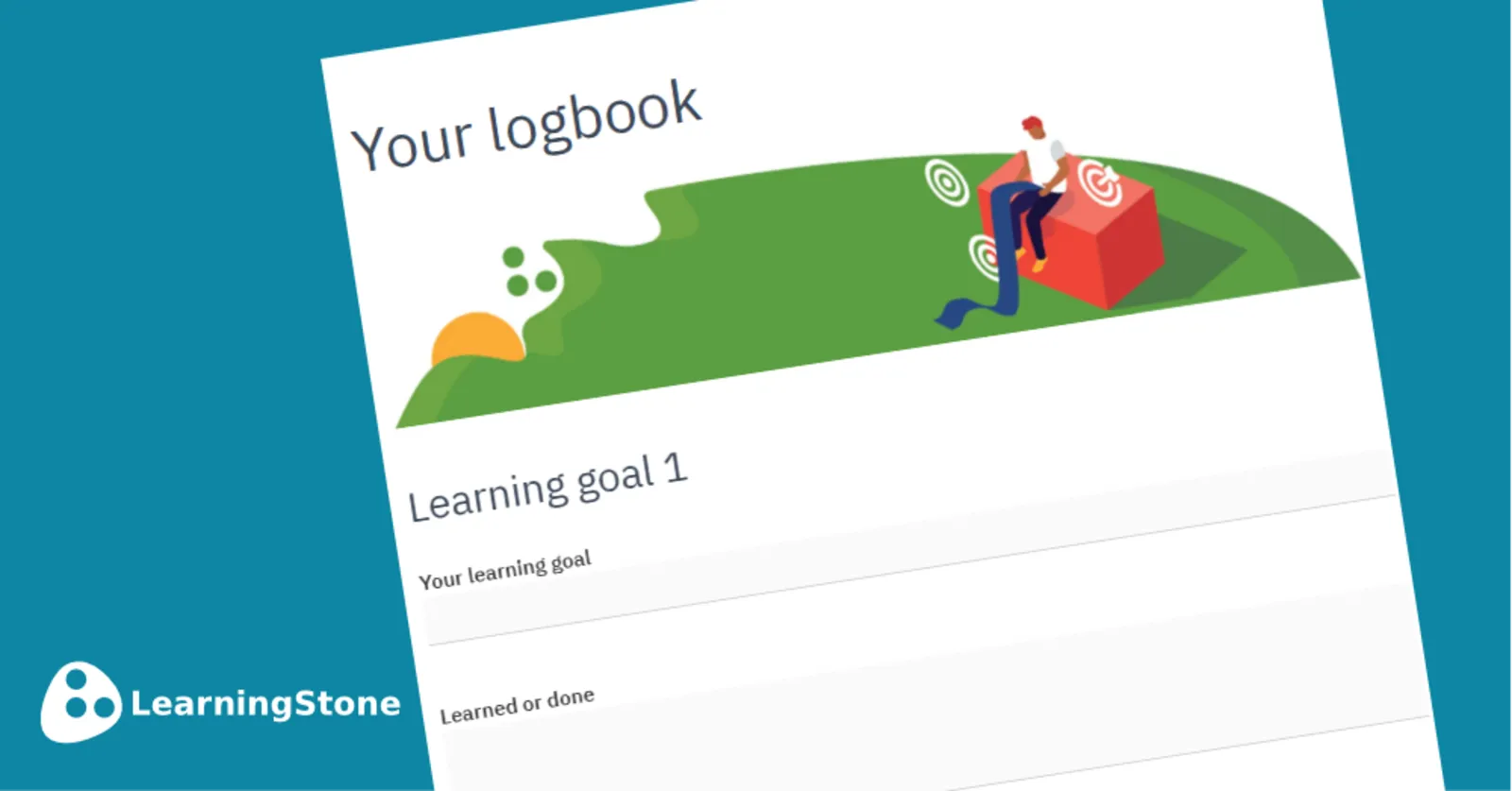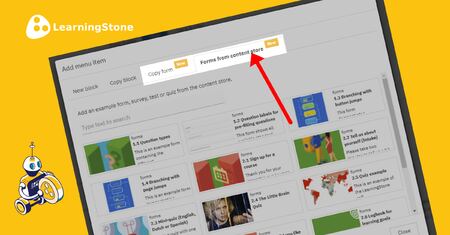
The logbook for learning!

It is always important for a trainer to apply the right instructional strategies or learning methods to stimulate learning and engage participants. In this blog, we focus on the "logbook," a strategy successfully applied and supported on LearningStone. We spoke with Annelies Tegel, CEO of the Trainers Academy, who has extensive experience using logbooks during training sessions.

The logbook for learning!

During blended training, participants learn by going through material, completing exercises, and interacting with the trainer and other participants, both online and offline.
Over the years, learning science has shown that three principles are crucial: depth of processing, repetition, and spacing. These are key not only for remembering what has been learned but also for learning to apply it. Deep processing means understanding more details of a process or subject, while spacing refers to the practice of spreading learning moments apart to enhance retention.
A valuable instructional strategy that supports all three of these principles is the logbook for learning. During or after the training, the trainer asks the participant to reflect on what they’ve learned by writing it down. While this can be done on paper, it’s even easier to record a log in LearningStone, allowing the trainer to monitor progress if necessary, ensuring that nothing gets lost. At the end of this blog, we’ll explain how to set this up.
The Trainers Academy, a provider of trainer training that often offers innovative instructional strategies, frequently uses logbooks during its sessions. We asked Annelies Tegel, the academy's director, to share insights on their use of logbooks.
Annelies Tegel: “During our two-year AcademyTrainer training, we always use a logbook. A logbook helps participants take responsibility for their learning. It encourages ownership and self-direction.
"Almost everything derives from it: a logbook forces participants to reflect on what they’ve learned, how they experienced it, and how they can apply it. Additionally, looking back helps reveal patterns: What works well? What do I keep running into?"
A logbook allows participants to track their development over time, which motivates them and boosts their confidence in their own ability to learn.
“The Trainers Academy also uses a travel log, which is a smaller, per-module logbook often containing practical assignments. This travel log is assessed at the end of each module by the trainer for that module, who then decides whether a participant receives a certificate. We take this process seriously!”
Annelies Tegel: "We do it as follows: At the start of the training, participants complete a 360-degree feedback test on trainer competencies, which they then send to at least three acquaintances who also fill it out about them.
The outcome of this questionnaire is discussed during a goal-setting meeting with a coach, and from this, three concrete learning objectives for the training are recorded in the logbook.
Throughout the modules, participants track their progress, using the individual logs to document how they’ve worked or learned something related to their learning objectives."

Annelies Tegel, CEO of the TrainersAcademy
We make a distinction between the logbook for the entire training and the travel logs kept for each module. The overall logbook is not shared with the trainers but with a coach who serves as the mentor for the entire training. Every week, the coach organizes a "coffee hour" – an online session where participants are welcome to discuss any issues or topics they want to improve on. The logbook is helpful in this context.
For individual modules, such as "Designing Training," the module's trainer has access to the travel log and can respond to individual learning needs that arise during the course.
Participants appreciate the logbook! Especially because it provides guidance during their development into trainers. For us as trainers, it offers a unique glimpse into someone's learning process, allowing us to provide valuable tips and truly contribute to their growth.
Use a well-structured form on LearningStone and ensure that a copy of what the participant fills out is sent to your email address. This way, you can stay alert to what the participant is doing. Stick to using the online form, as some participants may prefer their own reporting methods, but in the long run, it becomes difficult to keep up with multiple formats. Trust me, we've tried!

Want to know more about the TrainersAcademy?

Welcome to the world of Learning and Development (L&D)! It’s the space where people-focused professionals work their magic to improve skills, foster growth, and empower people to shine in their roles.

Recently, LearningStone's "Content store" was launched: an easily accessible list of examples of course timelines - the multimedia learning paths at the heart of any training or coaching program.